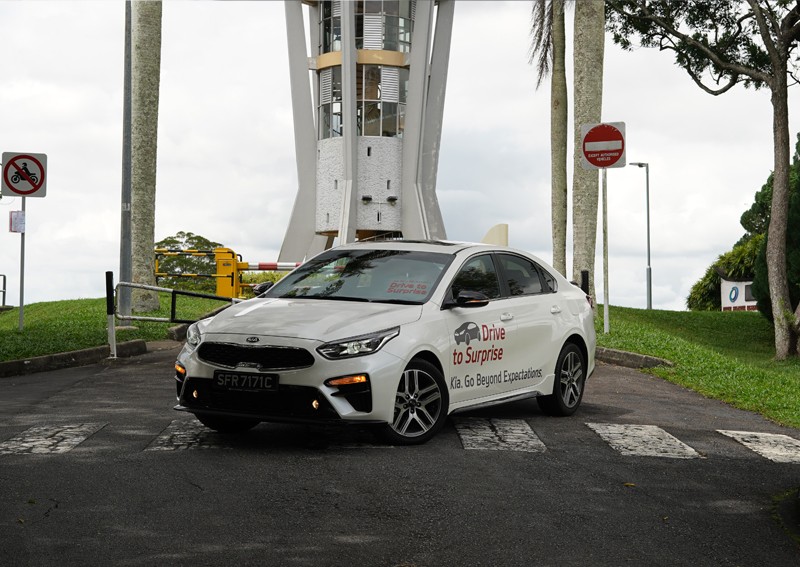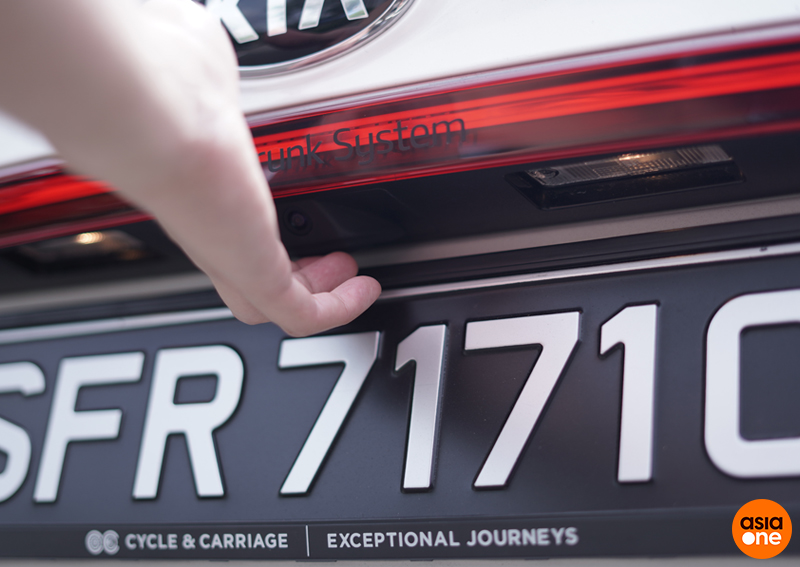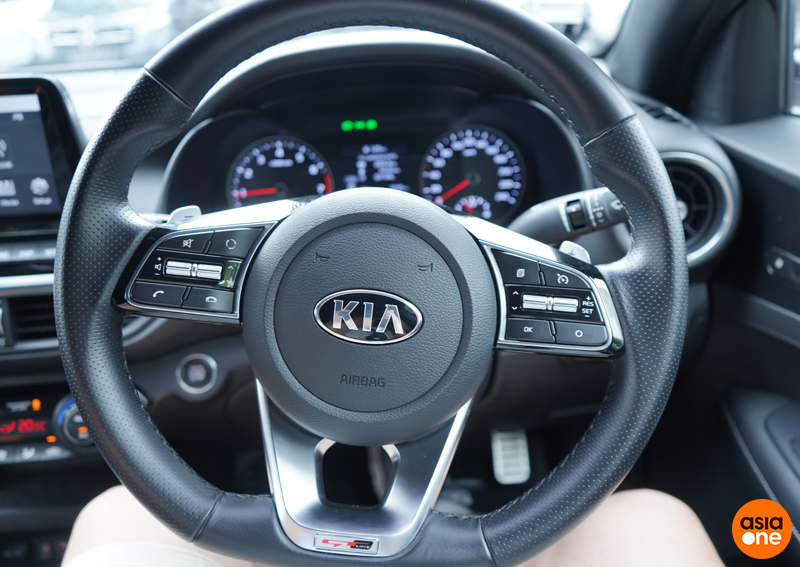I drove the Kia Cerato for 3 days – now I know why it's a hit with families


Undisputedly, the Cerato is an indispensable model for the Kia lineup in Singapore, but not for its speed and power. Rather, the sheer number of Ceratos on our roads stands as a testament to the trust Singaporeans have in the Korean brand.
If you throw a figurative rock towards a main road, the chances are high that you'll hit a Cerato.

Dubbed the baby Stinger, after Kia's performance sedan, the Cerato is but a small family carrier with none of the pizzazz of the Stinger's 2L or a 3.3L engine. Instead, it's powered by a reliable, economical and sensible 1.6L naturally-aspirated engine. However, the Cerato does bear some resemblance to the Stinger with a similar-looking front grille and headlights.

After all my fawning and fondness of the Sorento when I reviewed it, I badgered Cycle & Carriage Kia for three days with their everyday compact family sedan. With so many Ceratos on the roads, I wanted to know what its appeal was.

From your rearview mirror, the front of the Cerato is instantly distinguishable owing to Kia's rather unique choice of separating its signal indicators from the usual headlamp cluster, having them sitting a little lower and on individual housings.
The daytime-running lights sport an almost bug-eyed look, with four little etchings surrounding the main headlamp bulb — rather similar to that of a luxury Porsche.
This particular GT Line unit is the top trim of the current Cerato trims (L, EX, and GT Line). Subtle red accents on the black plastic honeycomb of the front grille, set it apart from the L and EX and add a touch of sportiness.

Another recognisable feature of the GT Line trim is a lower lip at the front, side skirting below the doors, as well as a little gloss-black spoiler along the rear trunk.
Apart from just aesthetics though, the GT Line trim offers several tech upgrades, such as the Smart Trunk system for hands-free trunk opening, which works as long as you're standing behind the car with the key fob on you. While it's definitely a welcome feature for grocery-laden arms, the trunk release doesn't feature gas struts, so the trunk still has to be pushed up after it unlocks itself.

With the GT Line trim you also get slightly larger 17-inch rims. The mid-range EX trim gets 16-inch rims with a decent look, but the 15-inch rims on the L look rather boring with a basic 10-spoke, one-colour design.

The rear lights are rather fascinating — they light up in a line. When illuminated, the combination lamp assembly almost resembles a racetrack from above. While the middle reflector piece of the rear doesn't light up, you can find aftermarket parts to switch it into a brake light for that continuous line across the rear, reminiscent of a Porsche or Lexus.

This being a sedan, you get a 502L boot space that's plenty adequate. Under the accessible cover in the boot, you'll find a full-sized spare tyre — useful but something you never want to use, kind of like a practical insurance plan.

From the cockpit, you'll be greeted by a D-cut leather steering wheel featuring the rather sporty GT-Line wording across the cut of the wheel. The button assembly is pretty similar to the Sorento and presses just as solidly. The gloss-black, matte-black and silver finish is a pleasant complement to the rest of the cabin's aesthetic.
The air-con clusters's digital display scores style points, while its analog controls make for east usage. The air-con vents nearer to the door deserve special mention for being extra easy to direct with its swivel base.

For an economy sedan, the GT Line trim is peppered with cushy features such as rear air-con vents, leather gear shift knob, wireless charging dock, sunroof, and my personal favourite, ventilated seats.
ALSO READ: Comfort, safety and performance in one SUV: Cupra Ateca review
While the top of the three trim levels does come at a cost, the added comforts and luxuries make for good value. The leather seats in the Cerato are some of the most comfortable ones I've tried in this category. Even in the rear, the passenger seat is angled such that it delivers maximum comfort and relaxation.

The 1.6L naturally-aspirated engine delivers 126 bhp and 155 Nm of torque. Coupled with the six-speed automatic transmission, the Cerato runs a century sprint at a leisurely 12 seconds. The transmission seems to hold gears to a pretty high rev range before switching up, even outside of Sport mode (Normal, Eco, and Sport drive modes are available). You'll have to be a lot more calculative when overtaking as power and speed take a bit of building up with the Cerato. The engine lets out a bit of a shrill whine with the taps open, but not much in the way of power.

Speed bursts and sprints aside, the Cerato makes for one hell of a comfortable cruiser on the roads. Passengers that I've ferried seem to unanimously agree on the degree of comfort afforded by this economy sedan, from the way it seats, to the way it absorbs road imperfections, as well as the overall insulation of the cabin.
Another thing to note for those considering the Cerato is you'll notice the way its low-slung body feels absolutely planted to the ground. At 90km/h, as well as around corners, the Cerato instills confidence in its cruising and handling. It may not be the zippiest sedan — you might feel pushed to tap on a little more speed while slinging around corners, or more excited to tour in it for longer drives up North when the borders reopen.

Overall, the Cerato seems to be the choice if you're looking for an economical family mover that's big on comfort, practicality, features and looks. Perhaps that's the reason for its popularity in Singapore; not every driver on the road is looking to be fast and furious.
jayjaylin@asiaone.com